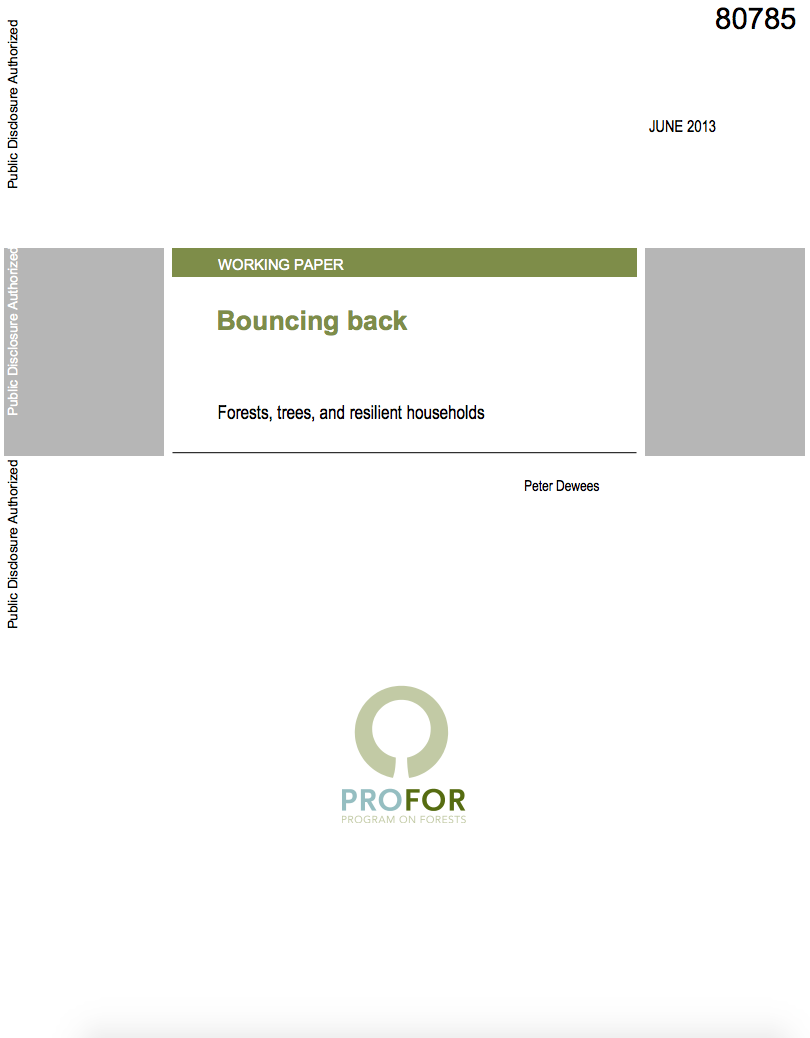Changing for the Better
As a low-middle-income country with a
gross domestic product (GDP) per capita of US$1,715 and a
population of 30 million (nearly half of all of the Central
Asian population), Uzbekistan has seen stable economic
progress since the mid-2000s, both in terms of growth and
poverty reduction. Growth has averaged 8 percent per year
since 2004 and extreme poverty has declined from 27 percent
in 2000 to 15 percent in 2012. Encouraged by this


